Regular posts on all things around automated network & service management

Features, trends and new product development
Netconf/YANG: The Future of Network Configuration
Your network’s health is crucial for keeping things running smoothly and ensuring you maintain top-notch service availability. At the heart of it all you need a smart network management solution that lets you make quick, automated configurations and stay ahead of potential issues.
One of the biggest causes of network problems? Human error from manual configuration mistakes. That’s why the tech world is constantly looking for better ways to manage networks more efficiently, dynamically, and—importantly—standardized across different systems.
Enter Netconf/YANG, two technologies that have been steadily rising in popularity over the last few years for configuring and automating network devices in a machine-friendly way.
What Exactly Are Netconf and YANG?
Netconf
This is a protocol developed by the IETF (Internet Engineering Task Force). It helps you configure and manage your network devices securely using XML (Extensible Markup Language) and RPCs (Remote Procedure Calls). Basically, it’s the tool that does the talking between client and server.YANG
This is a data modeling language. Think of it as a blueprint that describes network devices and their configurations using clear, structured, machine-readable models. It’s like the “what” to Netconf’s “how.”Why Do We Need Netconf and YANG?
Networks today are way more complicated than they used to be, and they’re only getting bigger and more diverse. You’ve got multi-vendor environments, hybrid setups, and endless demands for speed and flexibility. That’s where automation becomes vital. Manually handling every device across different platforms is a headache you don’t need.
Old methods, like configuring with CLI, are becoming outdated. Not only are they specific to each vendor (meaning you need to create vendor-specific scripts), but they also don’t handle mistakes well. Mess up, and there’s no easy undo button.
Here’s why Netconf/YANG is a game changer:
Standardization
Since Netconf and YANG were developed by the IETF, they follow a universal standard. This standardization ensures continuous development so that you are prepared for the future with the solution you use today.Enhanced Security:
With Netconf, you get secure authentication and encryption through protocols like SSH and TLS. So you don’t have to worry about unauthorized access to your configurations.Transactional Configurations:
Unlike CLI, where you have to configure each element one at a time, Netconf uses a transactional approach. What does that mean? You can bundle configurations together, and if something goes wrong, you can roll everything back to the original state. No more manual fixes—just reset and go again. This minimizes the risk of downtime and makes managing errors a whole lot easier.Machine Readability:
One of the biggest advantages of Netconf/YANG is how well it works with automation. Since it’s all machine-readable, it’s perfect for complex, cloud-based environments where you want to automate as much as possible.StableNet® and Netconf/YANG
Netconf and YANG are becoming essential for future network management, and at StableNet® we’ve already integrated them into our platform. Starting with the latest StableNet® 24 Annual Release, we introduced the Netconf module through the Module Controller, so now you can update specific parts of the system without needing a full overhaul every time. This means quicker, more efficient updates moving forward.
StableNet® was built with automation in mind from day one. Our Network Configuration and Change Management (NCCM) solution makes sure that every configuration in your network is consistent, reliable, and repeatable. Now, with Netconf support, we’ve expanded the range of supported devices and technologies to help you stay ahead in today’s fast-evolving network landscape.
The future of network configuration is here—and it’s automated, secure, and ready for whatever comes next.

Software
Made in Germany
